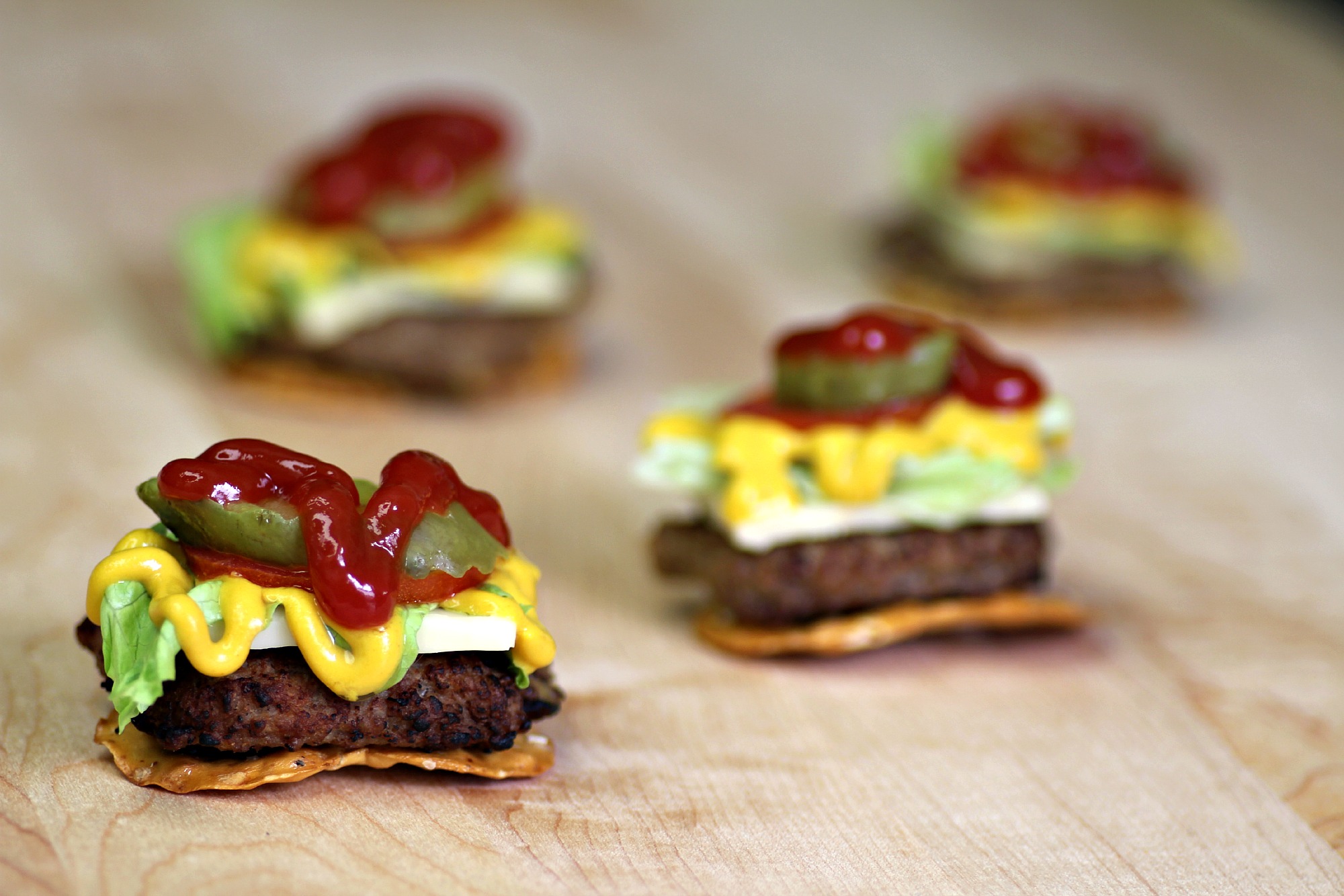
How to Reduce Calorie Intake Without Feeling Hungry
Obesity is truly a growing epidemic among Americans. Recent studies have shown that a whopping 63% of Americans are overweight, with almost half of them being considered obese! The numbers are shocking, and prove that we need to be more aware of the things we are putting in our mouths. The trouble is, many of us have become so accustomed to such unhealthy eating habits that they not only seem NORMAL, but it becomes exceedingly difficult to consider any other dietary habits which are healthy as remotely desirable.
As Americans, we have gotten into the mentality that bigger is always better. From bigger cars to homes to meals, quantity seems to surpass quality at every turn. It is no wonder that so many Americans are struggling to maintain a healthy weight. With that being said, so many of us are used to enormous portion sizes when it comes to our meals that anything less than an entire plateful screams of hunger and deprivation.
So now the question looms: is there truly a way to reduce calorie intake without feeling like you are starving to death? Absolutely. There are two things which will factor into the hunger equation: tricking your mind and tricking your stomach. Here are the 5 best tricks for cutting calories without feeling deprived:
1. Use Smaller Plates
Sounds stupid, but it definitely works. Your eyes and brain can deceive your stomach. If you have a large plate with a small amount of food, your mind will trick your stomach into thinking that you are deprived due to the empty space on the plate. However, if you use a smaller plate and fill it up, your brain will trick your stomach into thinking that you have a LOT of food.
2. Eat Bigger Quantities Of Low Calorie Foods
There is a reason why salads are so popular among dieters. Lettuce or spinach leaves are very low in calories. You can literally eat four cups of raw spinach leaves and only consume 28 calories. LITERALLY! Granted, 4 cups of raw spinach and nothing else can leave you wanting something more flavorful and enticing.
Add a little bit of flavor in the form of a low calorie dressing (vinegar with a splash of olive oil), fresh veggies, and even some fresh fruit can give you a huge meal with a minimal amount of calories.
3. Use Mono-Unsaturated and Poly-Unsaturated Fats…In Moderation
You may find yourself eating cup after cup of salad, yet you still feel hungry. By adding just a touch of good fat to your diet, you can satiate your hunger and add welcome antioxidants in the meantime. These fats, like the ones found in olive oil, fish, and nuts, are excellent for curbing your hunger while providing essential antioxidants to your body.
4. Consume Negative Calorie Foods Whenever You Feel Hungry
Even if you eat large quantities of lower calorie foods, you may still find yourself feeling hungry between meals. The lower calorie foods are typically easier to digest, which often means hunger will rear its head sooner than if you eat a fatty meal.
There are, however, some foods which actually take more calories to digest than you consume while eating them. Celery and cucumbers are among these foods. The soluble fiber in these foods is more difficult to digest, making them burn more calories. Use these foods as an opportunity to satisfy your hunger between meals while also burning a few extra calories in the meantime.
5. Whole Grains
You have probably heard the commercials and read the information regarding whole grains and weight loss. The fact is, eating more whole grains will truly help you lose more weight. Whole grains contain more soluble fiber than other foods. And soluble fiber not only takes a lot of calories to burn, but it takes longer to digest than other foods. The result is that you feel full for longer, and burn more calories while food is digesting.
Obesity is truly an epidemic among Americans. With our busy lifestyles, it becomes much easier to hit the drive thru than to prepare a healthy meal. The increasing sizes of the drive thru meals make our stomachs expand over time. With the expanding sizes of our stomachs, it becomes harder to make those same stomachs feel full and satisfied after eating. As a result, we are eating more and more and getting fatter and fatter.
By eating more raw, whole foods, we can increase the quantity of foods we are eating while reducing the quantity of calories we are consuming. The result is less hunger while cutting calories.




